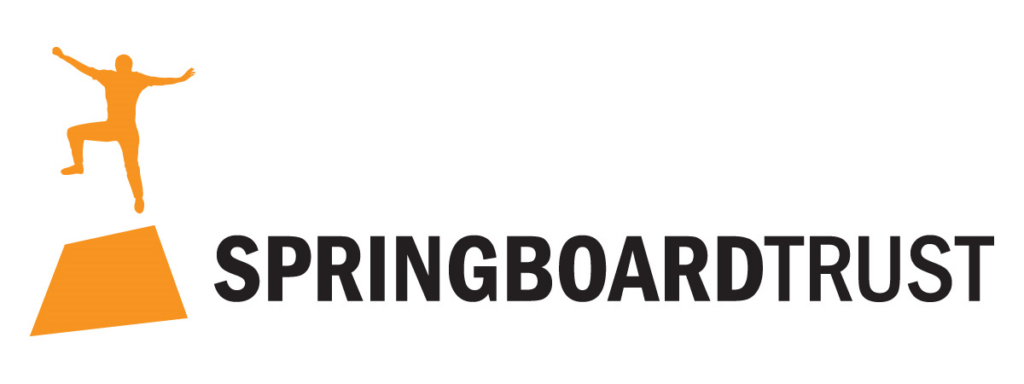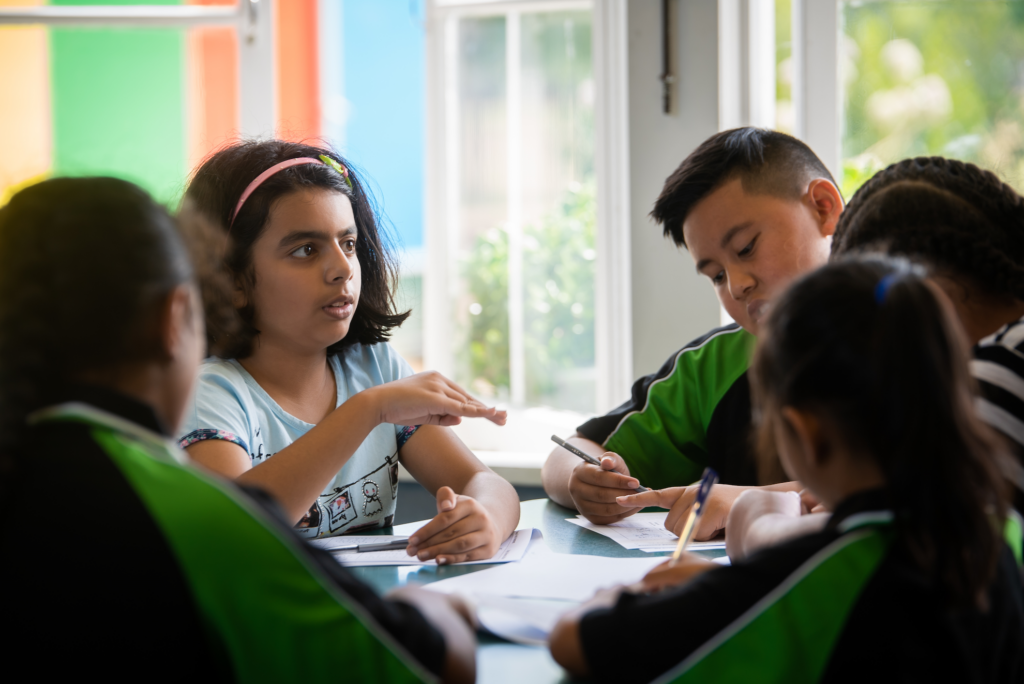The government has announced a broad-ranging $88.7 million package to support families and schools as we head back into term two with the lockdown still in place.
From broadcast content to device distribution, Education Minister Chris Hipkins has emphasised the Ministry’s focus on public health, while still supporting New Zealand’s learners. We at Springboard Trust are thrilled to see this investment, and look forward to working with school leaders in any way we can.
With a goal of every NZ household having access to at least one learning channel from home by mid-April, there is a lot to be rolled out in a short space of time – here is what the package entails.
More information:
1. Increased access to internet and devices
Minister Hipkins noted in a press conference on April 8 that some 80,000 New Zealand households (and therefore more than 100,000 children) are without access to either internet or appropriate devices for learning (ie laptops).
To address this, the government is working with a number of businesses and suppliers to provide connectivity and / or devices to these households. They have at least 17,000 laptops sourced already and are working with schools to safely free up devices they might have on-premises already.
While he notes that they will not be able to resolve issues for all households on day one of the school term, there will be two key priorities: secondary students with looming NCEA assessments, and households with the greatest need.
Hipkins acknowledges that there are large challenges with so many households in need, and that there are hundreds for whom internet is a technical impossibility, but is optimistic that everyone will have access to the learning they need.
2. Hard packs of learning materials
To supplement the expansion of devices and connectivity, the government is putting together some half a million ‘hard packs’ to be distributed to families across New Zealand.
These packs contain materials to support and supplement each child’s learning, with different packs going to learners of different ages.
For example, a senior primary school pack contains workbooks from Te Kura, School Journal copies, activities for inside and outside, and all requisite health and safety materials. Junior primary packs contain items like numbers workbooks, fold-out card packs, and the ready-to-read series (Mr Hipkins was thrilled to see the Little Yellow Digger in one he showed the media).
Additionally, early learning / ECE packs would be split by age group and contain jigsaws, stories, pavement chalks, pens and crayons, fabric and coloured cardboard or drawing paper.
Each pack will contain extensive resources for parents, guiding them on how to use the resources and keep their children engaged.
Speaking before Mr Hipkins, Prime Minister Jacinda Ardern noted that providing these materials helps to take the pressure off parents, who have the added jobs of keeping their children entertained and engaged in learning during lockdown.
3. Television channels
The government is launching two television channels – one in English, and one in Māori – with up to 6.5 hours of educational broadcast content shown daily. The government is exploring Pasifika options currently, and the channels are being provided by TVNZ and Māori Television.
It will focus on different age groups at different times, and cover subjects like wellbeing, numeracy, literacy, music, movement, science and physical education. There will be a range of well-known New Zealand hosts, with Suzy Cato being the only one Mr Hipkins would confirm during the press conference.
4. Additional resources for parents and teachers
Mr Hipkins acknowledged the extensive work that parents are doing in the home under lockdown, and the challenges that a remote schooling environment would mean.
This is why the fourth arm of the government package includes resources for teaching communities, and parents who want to continue their involvement in a child’s learning. Examples include Ki te Ao Mārama, announced by Hon Kelvin Davis today, as well as the re-establishment of the Te Ara Whitīki helpdesk to support distance learning.
These measures will come into place from April 15th, and will be in place for one month. While Mr Hipkins noted they were planning around the initial four-week lockdown period, these measures are designed to be sustainable should level four be extended.
For more information, please refer to the Beehive website – and if your school requires any assistance setting up its remote learning environment, please get in touch with the Springboard Trust team.









